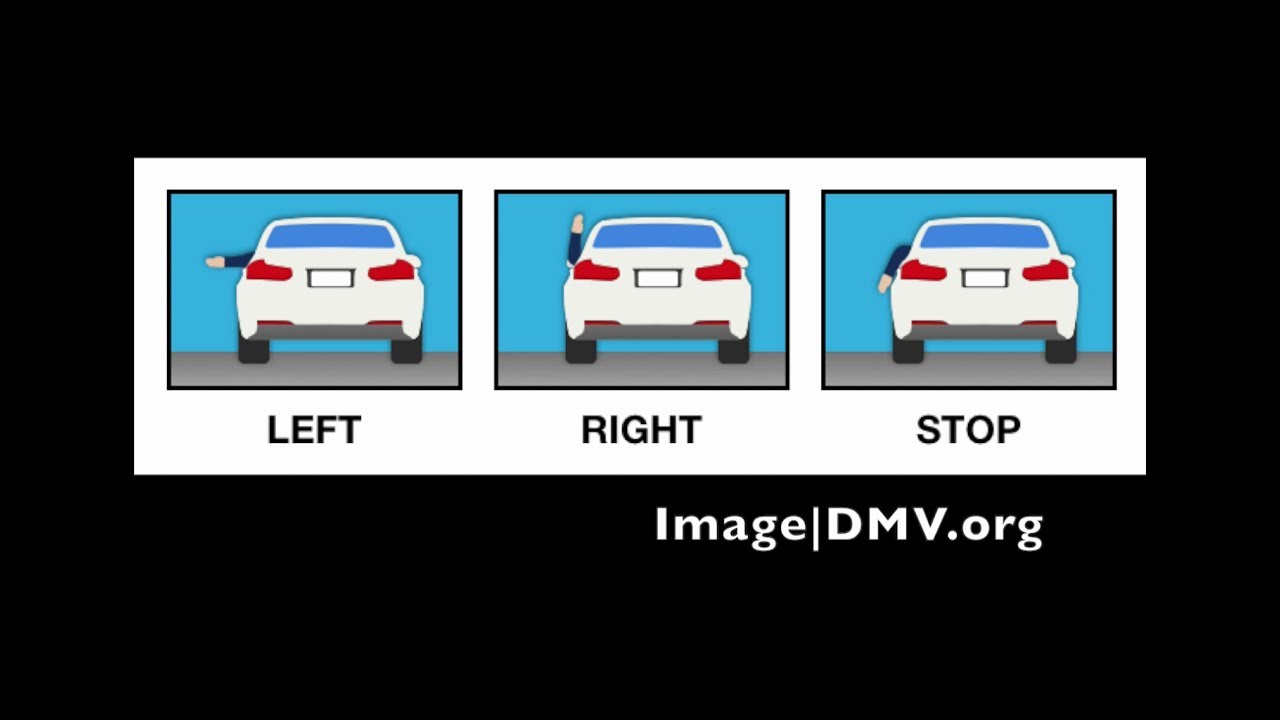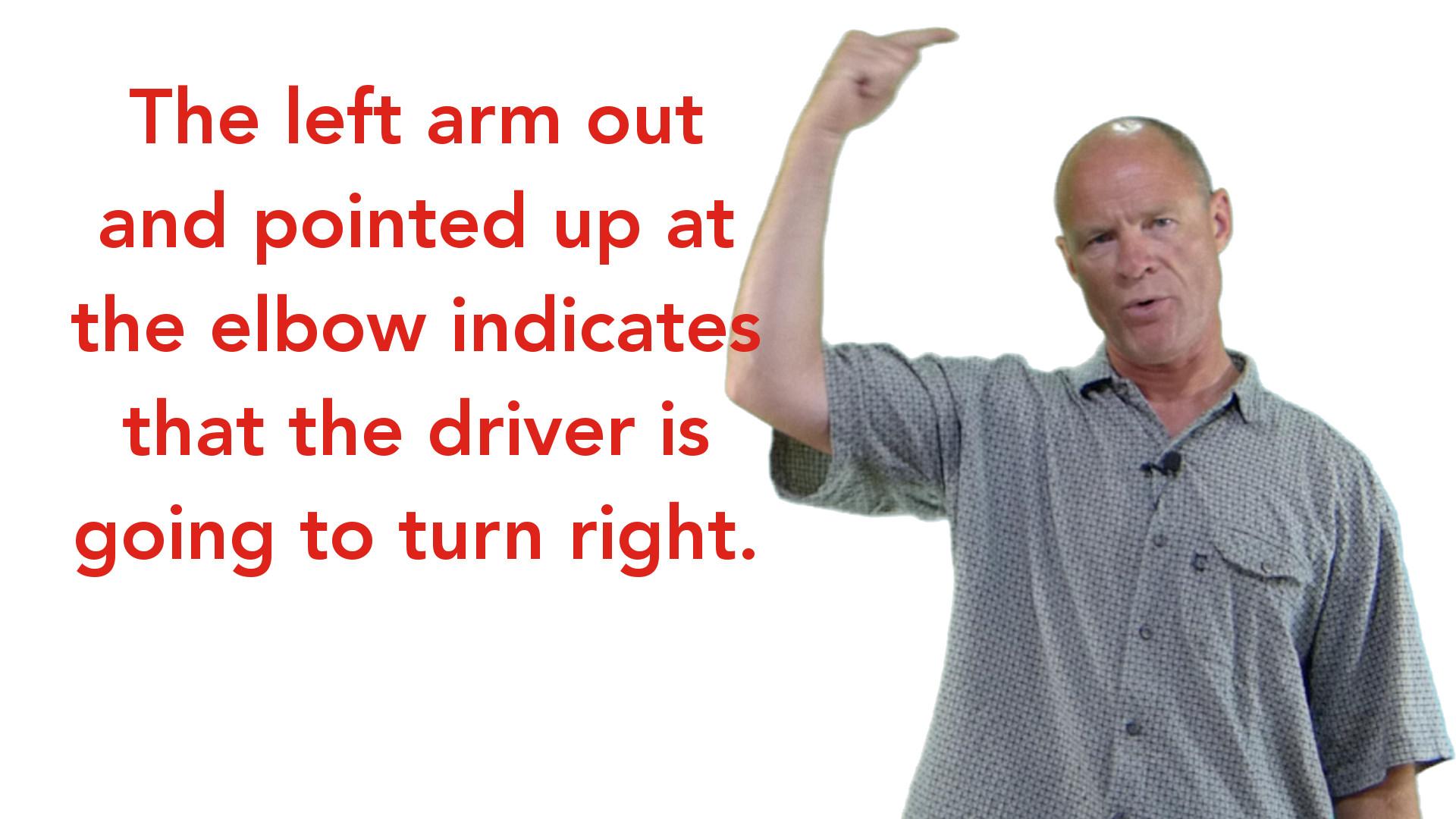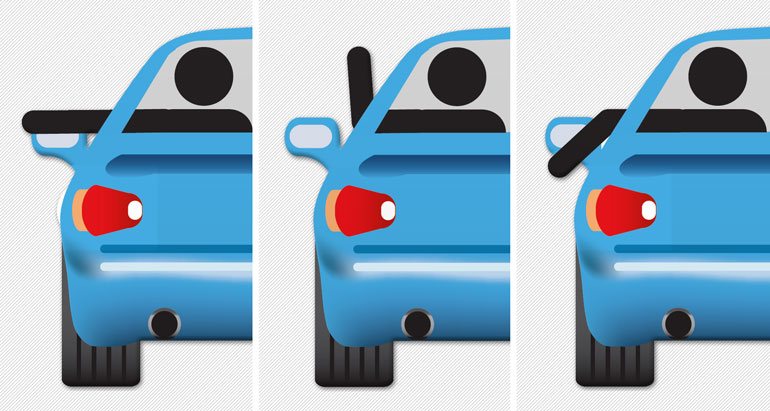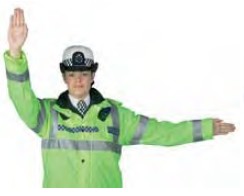

Hand signals for communicating while driving are one of the major pre-drive test items that can confuse new drivers. Knowing the correct answers to the pre-drive questions and tasks will influence whether or not you pass the driving test and receive your license.

Hand Signals for the Road Testīefore you start driving for the DMV road test there are some things you’ll need to demonstrate for the examiner. If you are using hand signals because your lights aren’t working, be sure to get them fixed as soon as possible.
Hand signals for driving test drivers#
Hold your arm in deliberate, obvious positions so that other drivers know exactly what you are communicating.Keep your right hand on the steering wheel.Extend your left arm out of your driver’s window.Sit up in your seat with good posture so you can comfortably get your arm out of the window.Using hand signals while you drive is pretty easy, you’ll just need to: Trying to read across your vehicle with your right arm would be dangerous, and also pretty challenging! When making hand signals while driving, you’ll need to use your left arm since your right arm can’t reach outside the window. Motorcycles have much smaller turn signals, and using hand signals may make it easier for other drivers to know what they are intending to do.Īdditionally, groups of motorcycles can use hand signals to quickly communicate with one another to stay together.īicycles are typically not equipped with turn signals, so using hand signals can keep them safe when sharing the roadway. To communicate your intentions at an intersection.Īdditionally, arm signals can be used by bicyclists and motorcycle riders.Just like with your turn signals and brake lights, you’ll need to use hand signals when: In bright sunlight when visibility of your car’s turn signals is reduced and other drivers may not be able to see or notice your turn signals and brake lights very well.If you are driving a vehicle that is not equipped with turn signals.If your car’s turn signals or brake lights are not working.Before you start driving during your DMV road test.The main times you’ll need to use hand signals while driving are:
Hand signals for driving test how to#
To remember how to make the slow or stop hand signal, just try to remember that your speed is going “down”, so your hand is pointing down. Keep your elbow bent at 90 degrees with your arm pointing down.To make a proper slow or stop hand signal: The stop or slow down hand signal communicates to other drivers that you are applying the brakes to stop completely or slow down. Since you need to use your left hand, it can be a little confusing on which direction to put your arm.įor right turn, try to remember your arms needs to be at a “right” angle up towards the sky. The right turn hand signal can be a little trickier to remember for many drivers. Bend your elbow 90 degrees with your arm pointing upwards.

Extend your left arm out the driver’s side window.The right turn hand signal communicates to other drivers that you intend to make a right turn. You’ll be turning left, so your left arm is pointing straight out to the left. The left turn hand signal is pretty easy to remember.



 0 kommentar(er)
0 kommentar(er)
